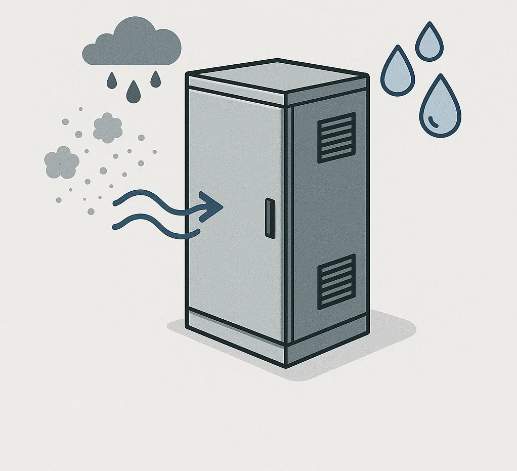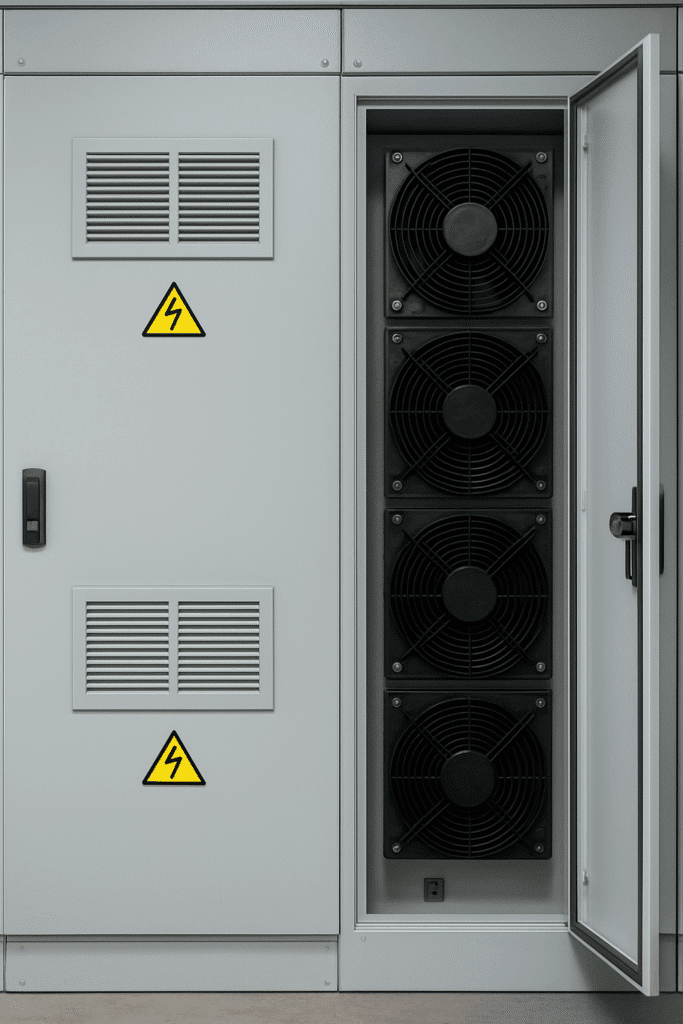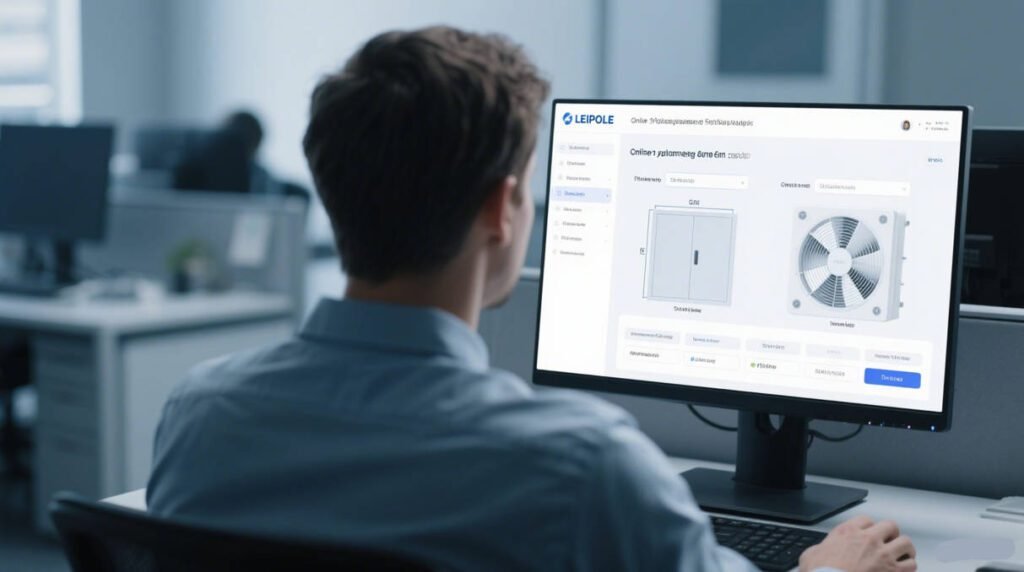With the increasing global demand for clean energy, offshore wind power, as an efficient renewable energy source, is rapidly developing. Offshore wind farms are typically located in the ocean or far from land, and their systems need to cope with extremely complex and harsh environmental conditions. Therefore, one of the key components to ensure reliable power transmission – cable joints, plays a crucial role. By selecting and installing cable connectors correctly, it is possible to ensure stable and long-term operation of offshore wind power systems in complex environments.
This article will deeply analyze the special requirements of offshore wind power for cable joints, the types of joints, and the best practices for installation and maintenance. Through practical cases, it will explain how to choose the most suitable cable joint system, helping professional buyers better understand and purchase cable joints that meet the requirements.
1、 Special requirements for cable joints in offshore wind power
1.1 Extreme environmental conditions
The environmental conditions faced by offshore wind farms are vastly different from those on land, and cable joints require special performance to withstand these extreme environments.
- Seawater corrosion
Salt spray and seawater in marine environments have strong corrosiveness, and any electrical joint made of materials that are not corrosion-resistant may cause power system failures in a short period of time. Therefore, cable joints must use materials with extremely high corrosion resistance, such as stainless steel, aluminum alloy, specialized anti-corrosion coatings, etc.
- Temperature and humidity changes
The temperature difference at sea varies greatly, especially during seasonal changes, and the drastic temperature changes from high to low can cause great pressure on the materials of cable joints. If the sealing and insulation performance of the joint is not strong enough, it may lead to power loss or failure.
- High humidity
The sea breeze brings a large amount of water vapor, and cable joints must be able to prevent moisture from entering to ensure good electrical contact and avoid short circuits.
1.2. Mechanical stress requirements
- Vibration and bending
The vibration generated by the wind turbines in offshore wind farms during operation, as well as the impact of waves, can cause significant mechanical stress on cable joints. Cable joints need to have seismic, tensile, and bending resistance capabilities to ensure that no damage occurs during the operation of wind farms.
For example, in some high vibration areas, cable joints need to be designed to automatically adapt to small-scale expansion and bending to avoid breakage during long-term use.
1.3. Sealing and waterproof performance requirements
Cable joints are an important part of the connection in the wind farm power system, and any infiltration of moisture can cause power interruption, short circuit, or corrosion. For this reason, cable joints must have extremely strong sealing to prevent water vapor or seawater from entering.
- Waterproof structure design
Many modern cable joints adopt a multi-layer sealing design, with the inner layer using sealing materials such as rubber and silicone, and the outer layer using metal or plastic shells to further enhance waterproof performance.
For example, LEIPOLE’s cable joints use an innovative “compression sealing technology” by adding special sealing rings at both ends of the joint to form a completely sealed structure, effectively preventing seawater intrusion.
1.4. Service life and reliability requirements
The operating life of offshore wind power systems is usually over 20 years, and cable joints, as important connecting components, need to be able to operate stably in extreme environments for a long time. If the quality of cable joints does not meet the standards, it may lead to system shutdown and high maintenance costs.
How to ensure a long lifespan?
- High quality material selection: corrosion resistance, high and low temperature resistance, aging resistance.
- Protective measures: Adopting multi-layer protective design to enhance the durability of cable joints.
For example, the LEIPOLE cable joint uses a polymer shell that not only resists seawater corrosion but also has strong UV resistance, making it suitable for long-term exposure to marine environments.
2、 Types and application scenarios of cable joints
The types of cable joints used in offshore wind farms vary according to different electricity demands. The following are several common types of cable connectors and their application scenarios:
2.1 Solution for low-voltage cable joints
- Application scenarios:
Used for power transmission of low-power devices, such as control systems inside wind turbines and connections between electrical equipment.
- Technical requirements:
Working voltage: usually below 1000V.
Main features: Strong weather resistance, corrosion resistance, and relatively simple installation and maintenance design are required.
2.2 Medium voltage cable joint technology
- Application scenarios:
Used for complex power transmission systems in wind farms, the power transmission voltage is usually between 5000V and 30kV.
- Technical requirements:
Operating voltage: 5kV to 30kV.
Main features: high insulation performance, strong high temperature resistance and corrosion resistance.
2.3. High voltage/ultra-high voltage cable joint system
Application scenarios:
Mainly used for long-distance power transmission between offshore wind farms and land, with voltages up to hundreds of thousands of volts.
Technical requirements:
Operating voltage: up to 150kV or above.
Main features: It has super strong insulation ability, high voltage resistance, and good electromagnetic compatibility (EMC).
2.4. Special considerations for fiber optic cable joints
With the increasing demand for data transmission and remote monitoring in wind farms, the application of fiber optic cables in wind farms is becoming more and more widespread. Fiber optic cable joints need to have high voltage resistance, anti-interference, and strong weather resistance characteristics.
3、 Key technical characteristics
3.1. Material selection
The materials for offshore wind power cable joints are usually selected from stainless steel, high-strength aluminum alloy, corrosion-resistant plastic or silicone, etc. These materials not only have corrosion resistance, but also can withstand changes in high and low temperatures.
3.2. Innovation in sealing technology
Sealing is one of the core technologies in cable joint design. Innovative sealing technology can effectively prevent seawater, salt spray, and other substances from entering the interior of the joint, avoiding electrical short circuits or corrosion.
give an example:
LEIPOLE adopts dual sealing technology, with flexible rubber sealing rings inside and a hard plastic shell wrapped around the outside, greatly enhancing the waterproof ability of the joint.
3.3. Design for installation and maintenance convenience
Easy installation: The cable joints adopt modular design, reducing complex operations during installation and improving installation efficiency.
Convenient maintenance: Adopting a design that is easy to inspect and replace, it improves maintenance efficiency and reduces overall operation and maintenance costs.
4、 Quality Standards and Certification
In order to ensure the quality of cable joints, there are strict international standards for offshore wind power cable joints:
4.1. International standard requirements
Offshore wind power cable joints must comply with international standards such as IEC (International Electrotechnical Commission) and IEEE (Institute of Electrical and Electronics Engineers). These standards involve electrical performance, durability, installation, and other aspects.
4.2. Industry specific certification
In addition to international standards, the offshore wind power industry also has specific certification requirements for cable joint products, such as DNV GL certification, which ensures the adaptability and reliability of the products.
4.3. Testing and validation methods
Including salt spray test, high temperature test, low temperature cycle test, etc., to ensure that cable joints can work stably for a long time under extreme conditions.




